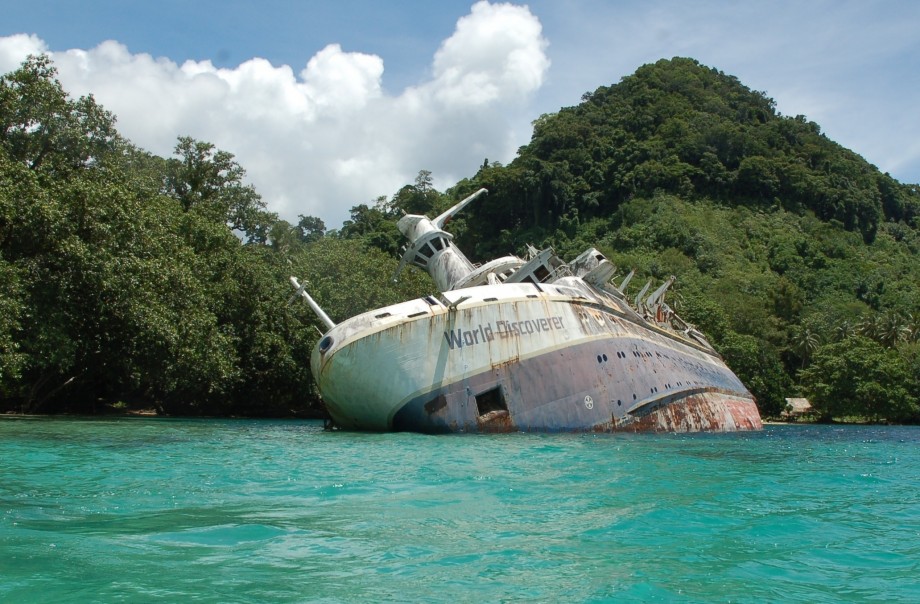Cruise Ship Disasters: A History of Tragic Sinkings
Ten Years Since the Costa Concordia Tragedy
Ten years ago, on January 13, 2012, the Costa Concordia cruise ship struck a reef off the coast of Giglio, Italy, capsizing and killing 32 people. The disaster marked one of the deadliest cruise ship sinkings in history, and its legacy continues to haunt the industry today.
The Costa Concordia was carrying over 4,200 passengers and crew members when it ran aground. The impact tore a massive hole in the ship's hull, causing it to flood and eventually overturn. Many passengers were trapped inside the sinking vessel, while others were forced to jump into the cold Mediterranean Sea.
The rescue operation was hampered by darkness, rough seas, and the ship's unstable condition. It took hours for emergency responders to reach the ship and begin evacuating the survivors. By the time the last passenger was rescued, 32 people had died, including the ship's captain, Francesco Schettino.
The Costa Concordia disaster raised serious questions about the safety of cruise ships. In the wake of the tragedy, the industry implemented new regulations and procedures aimed at improving safety. But as the recent sinking of the MV Sewol in South Korea shows, cruise ship disasters can still happen.


Komentar